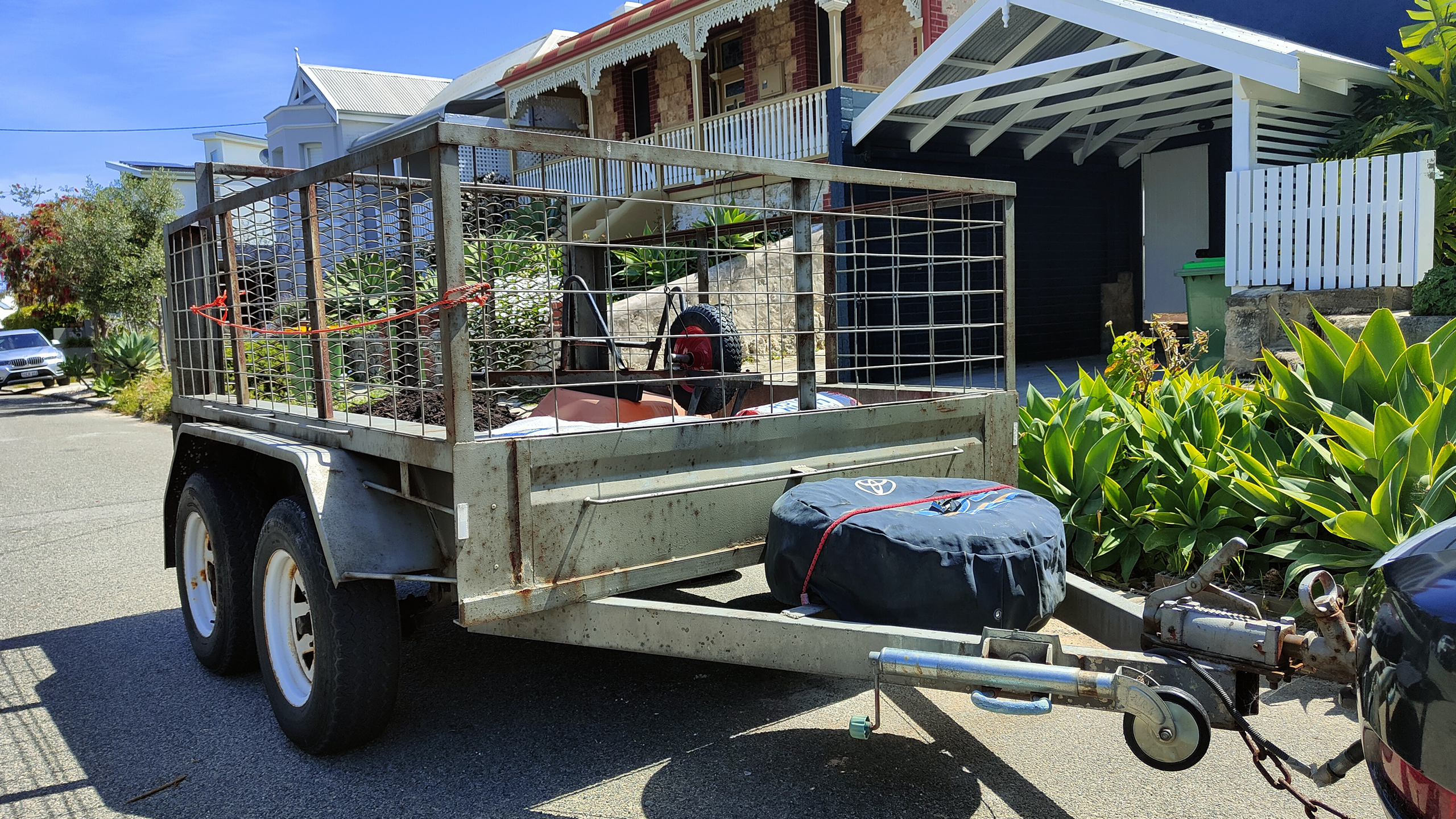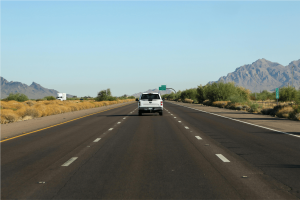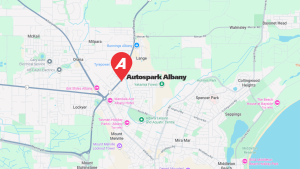How hard is it really to tow a Trailer?
You have a vehicle with a towbar and say you want to hire a trailer to move some things from A to B, or to pick something up. What could possibly go wrong? As it turns out, a lot. For the uninitiated or inexperienced, towing a trailer behind a vehicle can be fraught with difficulties and even some legalities according to WA state road rules. For starters, it needs to be connected correctly and that includes a secure lock with the tow ball, a clip, chains, shackles, and a correct wiring harness connector.
What do all these things do and why are they needed?
For starters, the connection of the trailer to the tow ball needs to be fitted snugly and securely, then a clip of some description is usually needed to secure the release mechanism, so it doesn’t jump off the ball while travelling. Should that happen, this is where the chains and locking shackles come into play. These chains provide an extra level of security should the worst occur and keep the trailer connected to the vehicle, t least temporarily. Cross the chains and ensure that the locking shackles are fitted and secured with the shackle pin.
Indicating travel intentions.
Next comes the wiring harness. Simply, this connects the lights of the trailer, taillights and indicators to the vehicle and synchronises them. This connection is via a plug with holes that match the ‘pins’ on the harness on the vehicle, usually to the left or right of the vehicle’s towbar. It is important to have the correct connector that matches, otherwise your trailer lights and indicators will not function. Once securely connected, it is very important to test and make sure that both the lights, brake lights and indicators are in fact functioning. Failure to have this correctly working limits the vehicle behind you knowing when you brake or indicate. If not working, you could be picked and infringed.
Load up and go
Not so fast…
There are logical limits to what and how to load a trailer and importantly, how it should be secured. In WA, failure to properly secure a load will attract at least a $150 fine. Be strategic in what you load and how any load fits within the confines of the trailer. Also consider the weight, do not overload it, as that would make driving dangerous and could result in a broken axle, and you don’t want that.
There are a host of handy fastening items you can use that are available at your hardware store or auto parts store. Ropes, cam-lock tie downs, ratchet tie downs, cargo nets, tarpaulins and the like are all very handy to achieve a safe and secure situation for the items in your trailer and for the safety of other road users.
Let’s recap what you need
- A vehicle with a suitable towbar & clip
- Chains & shackles
- A correct wiring plug and working harness
- Checking the lights are functioning as they should
- Load logic
- Tie downs or ropes
- Cargo nets and/or tarpaulins
- Know the road rules
- Time and patience
Considerations
Also keep in mind the road rules for trailers. You cannot travel above 100kmh when towing a trailer. You must drive at least 60m behind heavy vehicle or other vehicles towing, unless overtaking. People are not permitted to ride in a trailer (fairly obvious) and be sure your number plate is clearly visible. Importantly, be courteous to others sharing the road with you while you are towing. There are also other considerations, depending on the trailer type, but we have focused on a fairly basic box style.
If you are a complete novice, the best advice is probably to let someone with experience handle it for you and learn a little of the basics from them over time until you are confident you know the ins and outs and can handle it on your own.
You can always rely on the professionals at Autospark for the latest know-how in all manner of Trailers to help you and keep you and your vehicle safe.
If you have any issues with a trailer, its lighting or wiring, talk to us.





